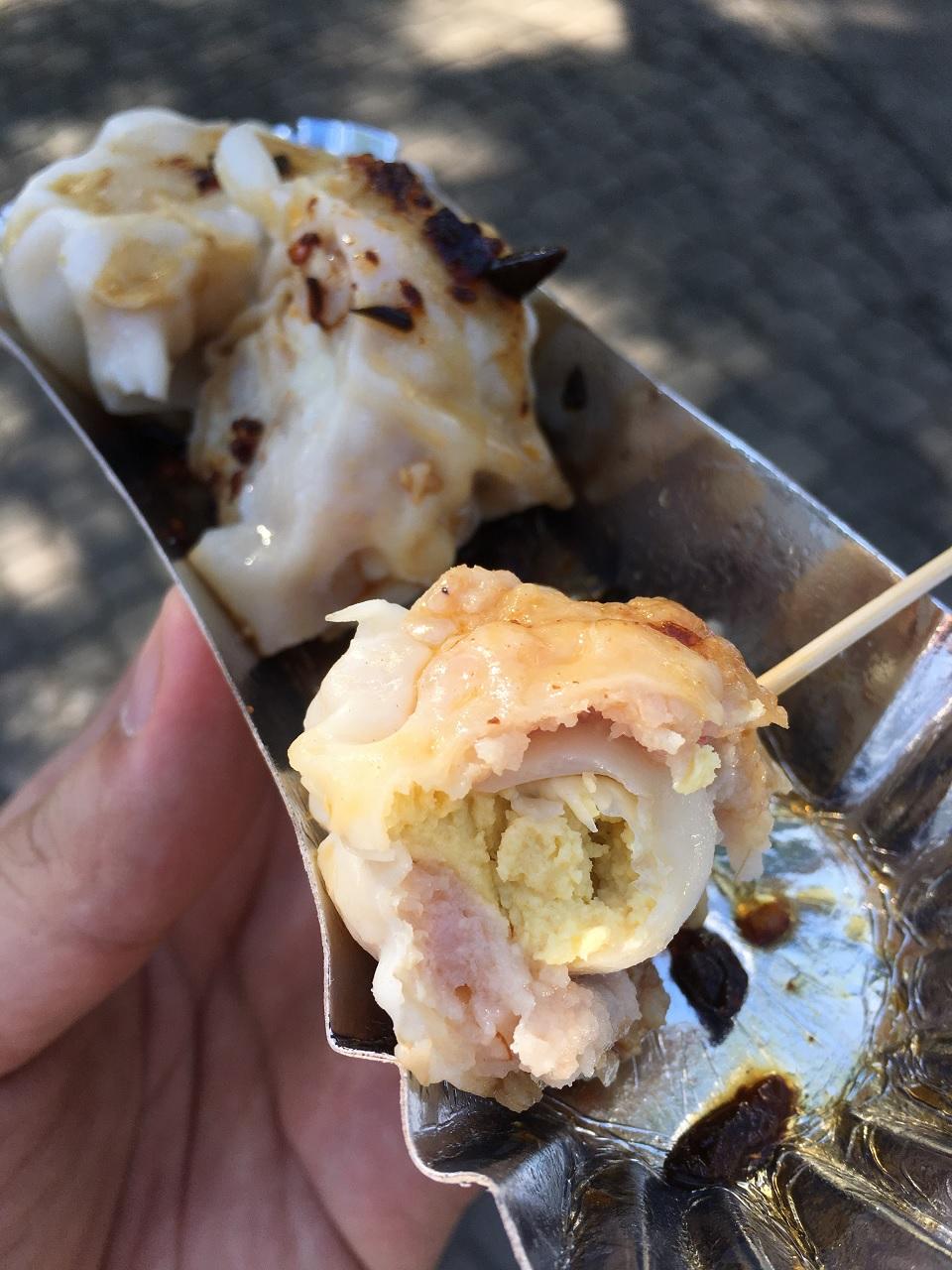Yummy eats that defined our college lives: Bacsilog, Banana Rhum-a, Arki Vickie
For De La Salle University (DLSU) students who went to the Taft Avenue, Manila campus—like yours truly—a few establishments and dishes essentially defined our college experience.
There was Kaibigan and its “tulong-bahay” touch to Filipino favorites like sisig and lechon kawali; original “Agno" Street mainstays like taco salad, Eric’s siomai (then pedaled on a bicycle), and Ate Em’s hearty lunches and tasty pastas; and home-based favorites like Garahe, Green Place, and Noel’s BBQ (the only one that still exists).
Passing by the ol’ alma mater nowadays not only means looking up at the recently constructed condominium buildings that sprouted near the DLSU campus, but also saying goodbye to the dining places of my early adult life in lieu of modern, commercial establishments. The stalls along Agno, or Fidel A. Reyes Street, are now housed in their own space called the Agno Food Court.

Gathering intelligence from the Internet and my younger sister, the Bacsilog from Ate Rica’s seems to me to generate all the attention from the current student population. For P65, you get a cup of rice, two slices of bacon, a sunny-side-up egg, and their “signature” cheese sauce.
Doing market research for this story, I passed by La Salle one April afternoon to see for myself what Bacsilog was all about. For less than four 20-peso bills, it certainly is cheap, but you get what you pay for. It lacked texture and real taste as it turns out a dash or two of Knorr seasoning is required. In addition, the rice was just plain and not the garlic-infused fried rice that defines sinangag.
There are, of course, other famous and memorable establishments in other Metro Manila universities. So with the help of social media and crowdsourcing, I asked my social network to fill in the blanks: if you didn’t get to try ____ establishment, you can’t really say that you studied in ____ school.
For University of Santo Tomas (UST) alumni, there’s Banana Rhum-a, a mini-turon with rhum-based sauce and powdered sugar. Costing P10 for three pieces, the Banana Rhum-a is the cheapest item on this list—and is, pound-for-pound, the tastiest one that I have tried. Two friends actually recommended that I try this snack/dessert in Mang Tootz Food House along Padre Noval in Sampaloc, Manila.

I ordered two servings (six pieces) and smiled from the first bite to the last. Wanting my family to taste this delicious treat, I had five orders (P50) wrapped in a styrofoam box to take home.
If USTe had a consensus bet, my University of the Philippines (UP) colleagues were spoiled with unique, delicious, and more importantly, budget-friendly dining options within the Diliman campus.
Arki Vickie, a small stall beside the College of Architecture, was the first stop that my friend took me to during a UP guided tour a few weeks ago. Specialty of the house were the pugo (quail egg)-stuffed siomai and the cheekily named PanTea or pandan iced tea. Combined, the two items cost P55 and is a hit among the students and workers in the vicinity.
The four-piece siomai is best when squirted with a little soy sauce and a touch of chili on top.

For more options, Area 2, bounded by the Balagtas, J.P. Laurel, and Roces Streets on the other side of the Diliman campus is a hotbed for cuisines of all kind: shawarma, fresh fruit juices and shakes, burgers (Snack Shack), and other Pinoy dishes that have that home-cooked taste.
Two additional responses from Ateneo de Manila University and Mapua University friends are both called Manang’s: Manang’s Food House in Loyola, and Manang’s Chicken inside the walls of Intramuros. The liempo is a familiar but perfectly executed dish in the Ateneo eatery, while the lechon kawali and porkchop were highly recommended by Mapuans.
However, a quick visit to the Mapua campus along Muralla Street yielded empty results as the people in the vicinity told me that the stall that Manang’s used to be at had been rented out to another establishment. Bummer.
With 345 higher education institutions in Metro Manila, and a total of 1,943 in the the Philippines, the five schools mentioned above barely scratch the surface of the establishments and treats that have endeared themselves to the millions of Filipinos during the best periods in our lives.
I just hope that, unlike the bygone dining establishments and cheap eats in DLSU, your favorite college hangout is still there for you to enjoy when you go back. — BM, GMA News




